ENDODONTICS AND ESTHETIC DENTISTRY(3)
Electric Pulp Testing
Over the last 25 years, the Analytical Technology Vitality Scanner (Figure 19-13), recently renamed Kerr Vitality Scanner 2006 (KerrDental,
Credence should not be placed on the exactness of the numbers displayed, nor should the differential between tests of individual teeth be used to determine stages of pulpal degeneration. As previously stated, testing heavily restored teeth is difficult at best and impossible with most. It has been suggested that if root structure is exposed owing to gingival recession, the "mini-tip" that comes with the Vitality Scanner should be used (Figure 19-15). Unfortunately, this is not a very accurate method because there is a significant likelihood that the periodontal ligament would respond to the stimulus, giving the false impression that the pulp is still vital. The mini-tip, when used in conjunction with a prepared test cavity or a small opening in a cast crown (Figures 19-16A, and 19-16B), is quite advantageous. This tip is placed directly through the opening and onto the exposed dentin. Care should be taken to keep the electrolyte (toothpaste or fluoride gel) from touching the metal of the casting.
If you determine that root canal therapy is indicated while the patient is still in the provisional restorations, then the endodontic needs can be addressed without disturbing the restorative margins, changing the basic shape of the prepared tooth, or disrupting the appointment schedule. The patient should have been informed of such possibilities during the treatment plan discussion.
No single test should be construed as conclusive. This is particularly true when dealing with apprehensive patients. Under stress, these patients will anticipate and respond even when no stimulus exists. With these patients, the decision to treat may be based on finesse, experience, intestinal fortitude, and the intensity of pain. The option and choice of tooth should be communicated in detail. The records should indicate that the decision to continue is based on the presenting symptoms, responses (or lack thereof) to vitality tests, and emergency condition, and it is possible with the limited information gathered that the wrong tooth could be chosen. Your release form should be signed to document the discussion. In the case of an emergency, the alternative should be offered to wait until the symptoms and signs positively identify the tooth. The patient decides whether to proceed.
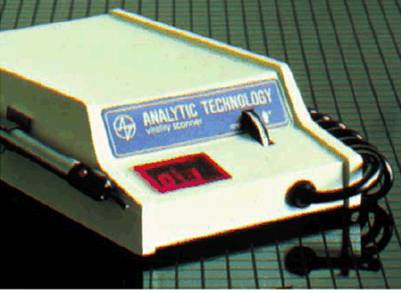
Figure 19-13: Analytical Technology Vitality Scanner Model 2005 (KerrDental).
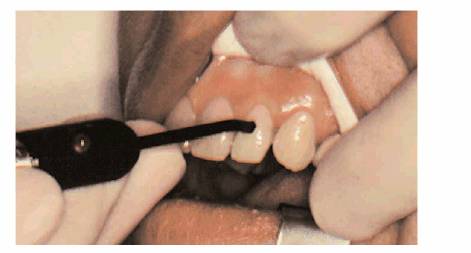
Figure 19-14: Pulp tester being applied to a dried tooth.
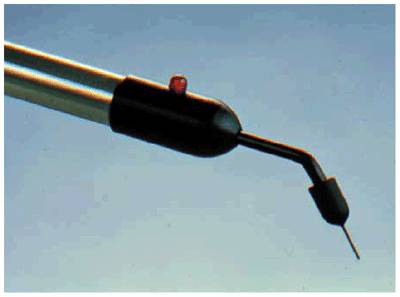
Figure 19-15: Mini-tip for the Vitality Scanner.
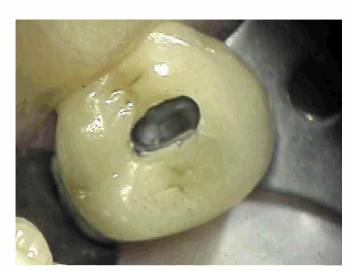
Figure 19-16A: Access through porcelain and metal to the dentin.
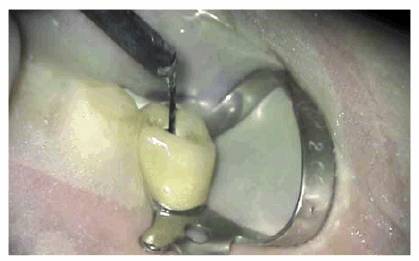
Figure 19-16B: Mini-tip placed on dentin through prepared cavity.
TAGS:
0% (0)
0% (10)
Sponsored Links
Daliy Dental Topics
- on 01.11.2012 [endodontics]
- on 01.11.2012 [endodontics]
- on 01.11.2012 [endodontics]
- on 10.13.2011 [endodontics]
- on 12.15.2010 [endodontics]
- on 08.11.2010 [endodontics]
Useful Links
- Long Island College Hospital - [education]
- Faculty of Dental Medicine - H [education]
- The American Association of Or [organize]
- Summer Institute in Clinical D [organize]
- Academy of Osseointegration [organize]
- University of North Carolina a [education]
- American Orthodontic Society [article]
- American Equilibration Society [article]
- Niigata University - Japan [education]
- University of Buffalo [education]